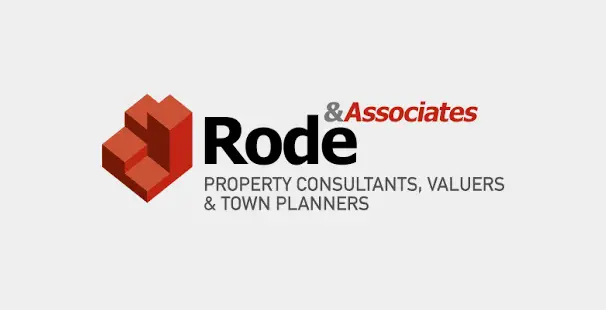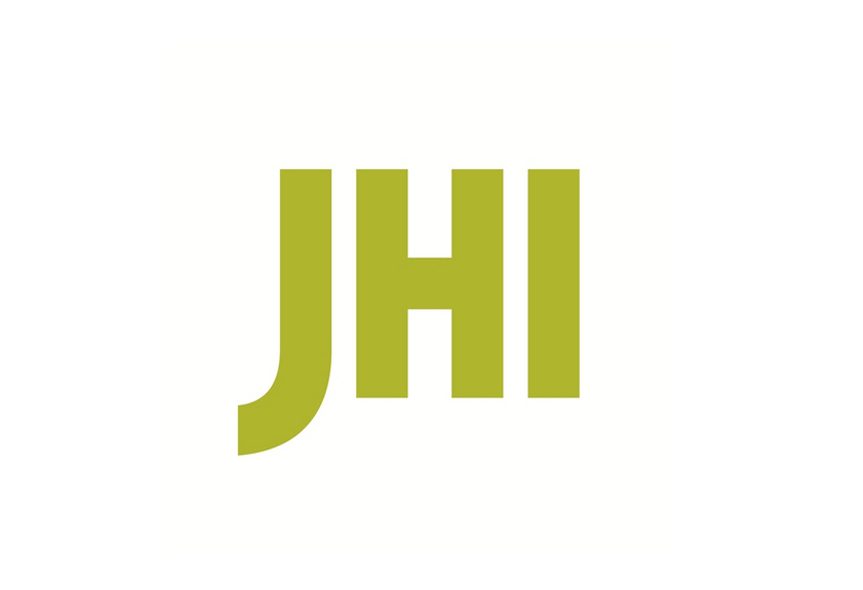When it comes to appraising a property, there are several methods that can be used to determine its value. In this article, we will explore three common appraisal methods – comparative market analysis, cost approach, and income approach – and discuss their benefits and drawbacks.
Comparative Market Analysis Comparative market analysis (CMA) is a method that compares a property to similar properties in the area that have recently sold. This method is typically used for residential properties and is based on the assumption that a property’s value is influenced by the prices of similar properties in the same area.
Benefits: One of the main benefits of using CMA is that it is relatively simple and straightforward. This method does not require any specialized knowledge or expertise, making it accessible to a wide range of appraisers. Additionally, CMA can provide a quick and cost-effective way to estimate a property’s value.
Drawbacks: However, there are some drawbacks to using CMA. This method relies heavily on the quality and accuracy of the data used, and if the data is incomplete or inaccurate, it can result in an incorrect valuation. Additionally, CMA does not take into account the specific characteristics or condition of a property, which can impact its value.
Cost Approach The cost approach method estimates the value of a property by determining the cost of replacing the property if it were to be destroyed or damaged. This method is typically used for new construction or properties that have recently undergone significant renovations.
Benefits: One of the main benefits of using the cost approach is that it can provide a highly accurate estimate of a property’s value, as it takes into account the specific characteristics and condition of the property. Additionally, this method can be useful for insurance purposes, as it helps determine the replacement cost of a property.
Drawbacks: However, there are some drawbacks to using the cost approach. This method can be more complex and time-consuming than other appraisal methods, as it requires detailed information about the cost of materials and labor. Additionally, this method may not accurately reflect the market value of a property, as it does not take into account factors such as demand and competition.
Income Approach The income approach method estimates the value of a property based on its potential income. This method is typically used for commercial properties, such as apartment buildings, office buildings, and shopping centers.
Benefits: One of the main benefits of using the income approach is that it takes into account the potential income that a property can generate, which can be a more accurate reflection of its value than other methods. Additionally, this method can be useful for investors who are looking to purchase properties with the potential for high returns.
Drawbacks: However, there are some drawbacks to using the income approach. This method can be more complex and time-consuming than other appraisal methods, as it requires detailed information about the property’s current and potential income. Additionally, this method may not be as useful for residential properties, as they typically do not generate income in the same way that commercial properties do.
There are several appraisal methods that can be used to determine the value of a property, each with its own benefits and drawbacks. When selecting an appraisal method, it is important to consider the type of property being appraised and the specific circumstances of the appraisal. By understanding the benefits and drawbacks of each method, you can make an informed decision about which method is best suited to your needs.




















